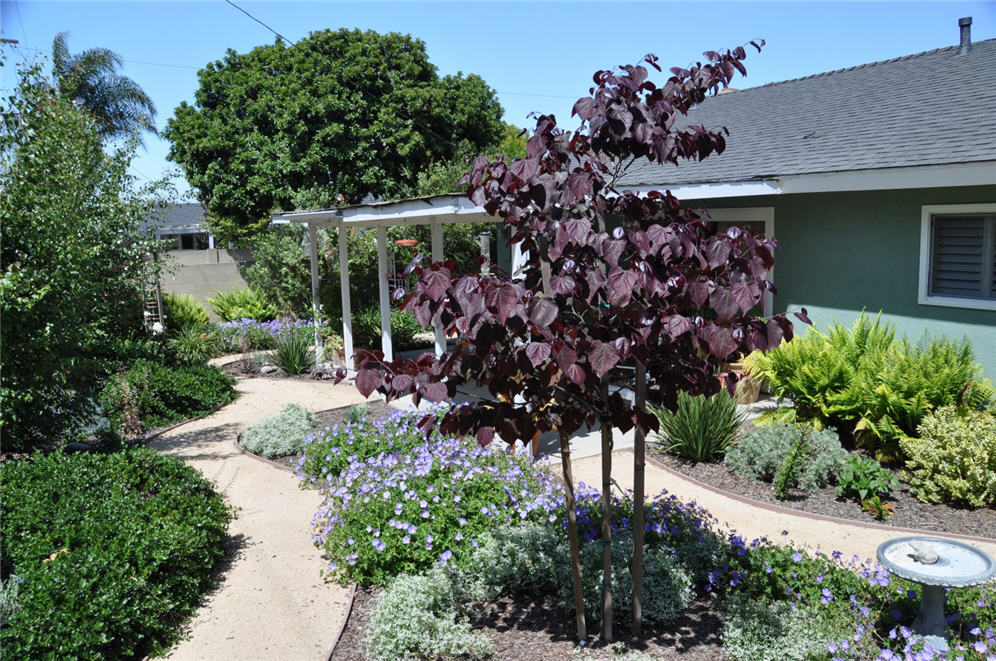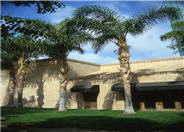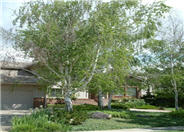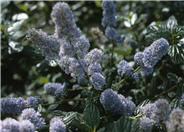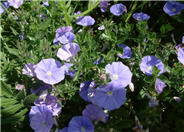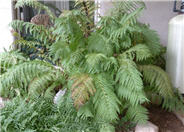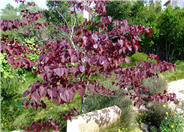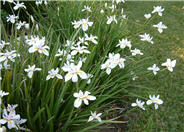Hotlinks:
| Designer: The Plant Nerd | Forest Pansy Redbud Detail |
Photographer: GardenSoft |
Soils and Compost:
Maintain a two to four inch layer of mulch on the soil surface to reduce weeds, infiltrate rain water, and reduce compaction.
Water Saving Tip:
Mulching around plants helps retain water and improves the soil.
Integrated Pest Management:
Remove irrigation water and fertilizer from areas where you don't want weeds to grow.
